
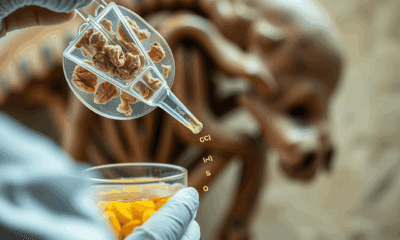

A new method could soon unlock the vast repository of biological information held in the proteins of ancient soft tissues. The findings could open up a...
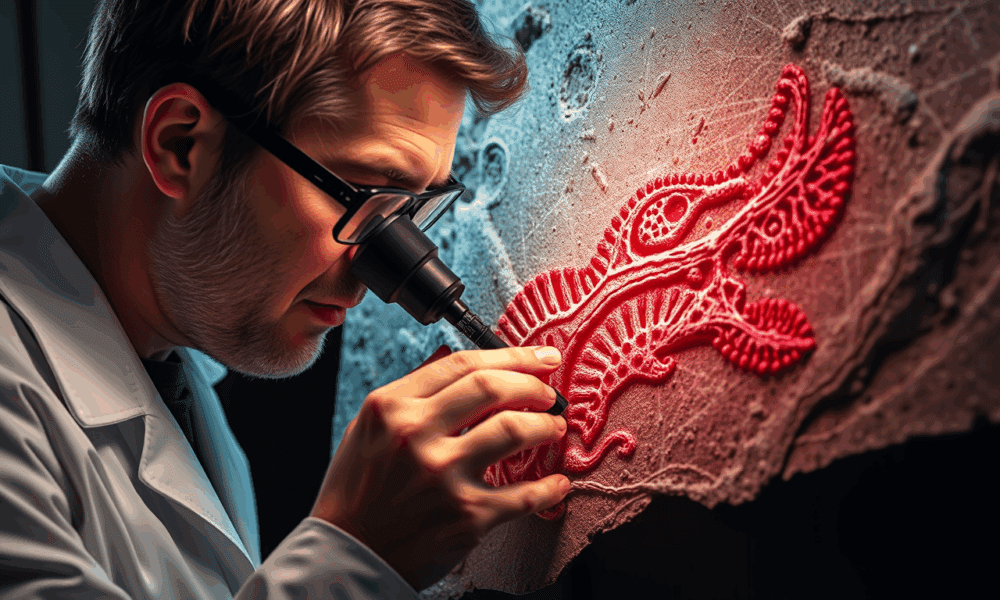
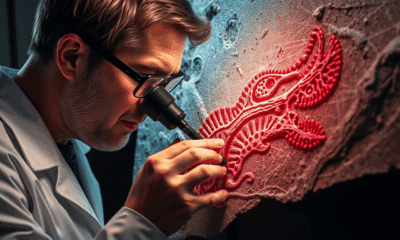

New techniques used to analyze soft tissue in dinosaur fossils may hold the key to new cancer discoveries. Researchers have analyzed dinosaur fossils using advanced paleoproteomic...
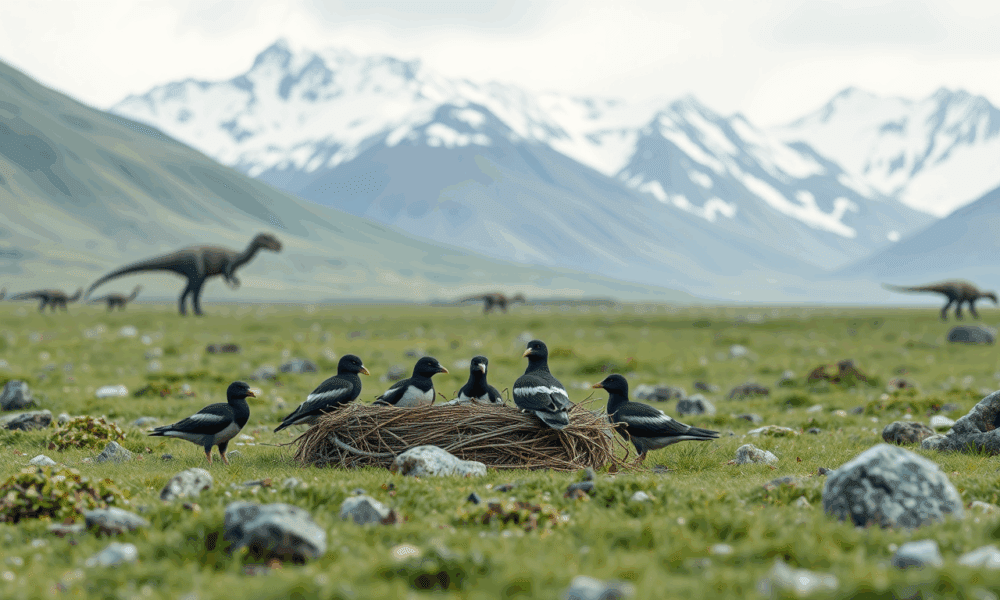
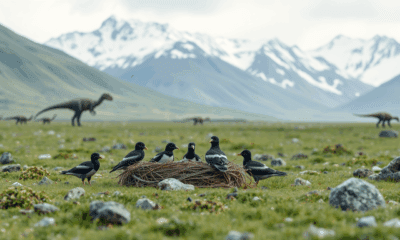

Spring in the Arctic brings forth a plethora of peeps and downy hatchlings as millions of birds gather to raise their young. The same was true...
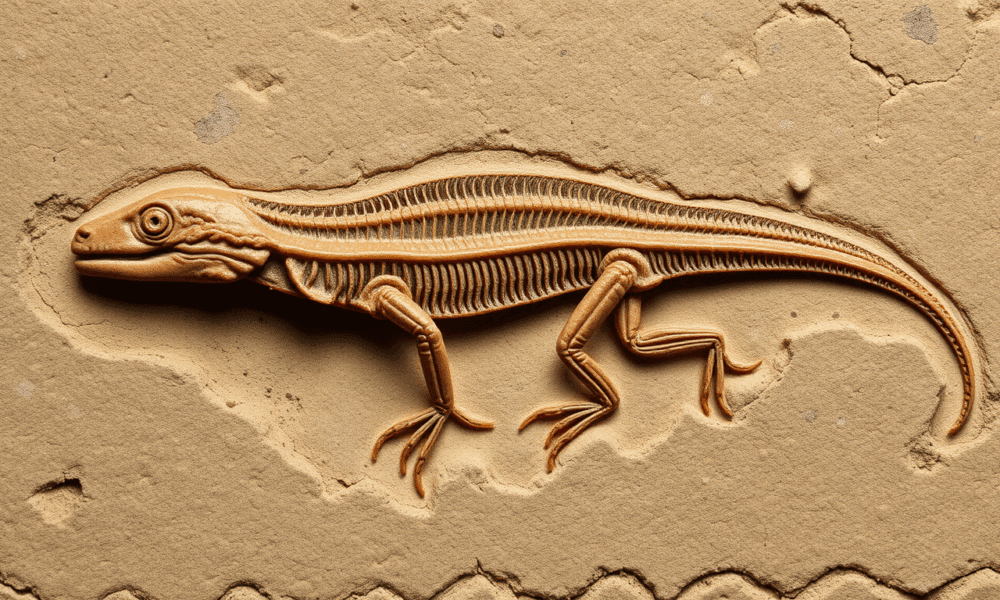


The fossils of ancient salamander-like creatures in Scotland are among the most well-preserved examples of early stem tetrapods -- some of the first animals to make...
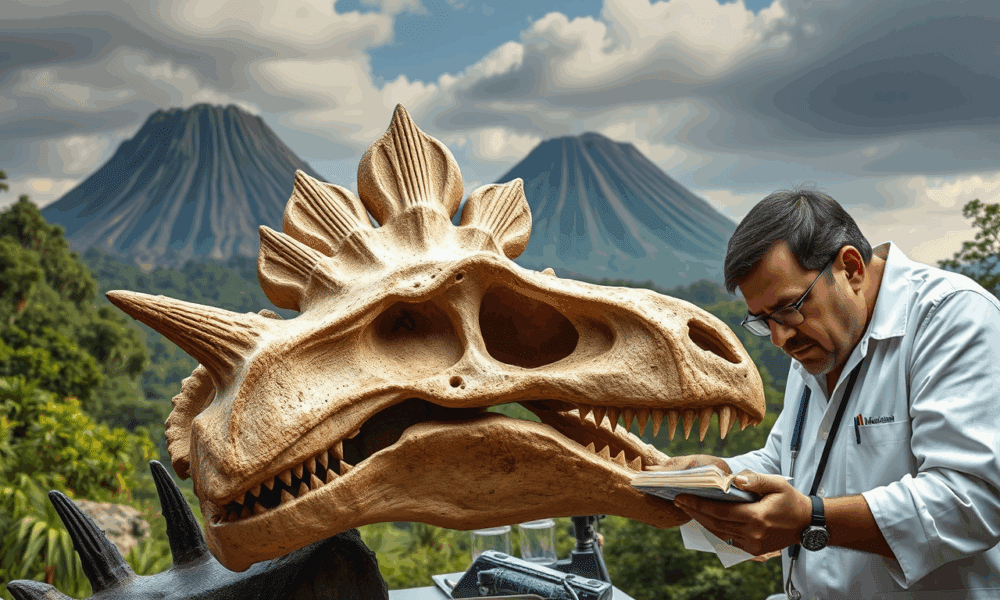
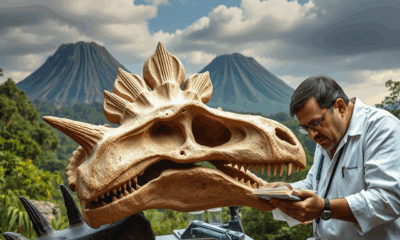

Palaeontologists have analyzed the most complete stegosaurian skull ever found in Europe and rewritten the evolutionary history of this iconic group of dinosaurs.
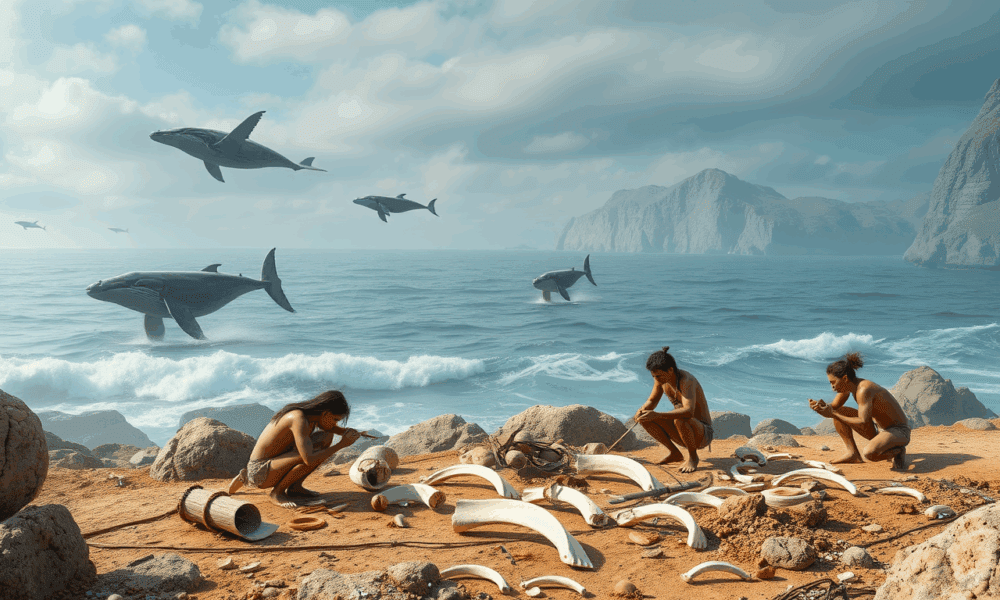
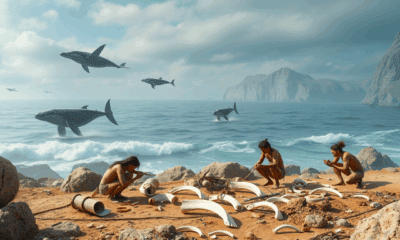

Humans were making tools from whale bones as far back as 20,000 years ago, according to a new study. This discovery broadens our understanding of early...
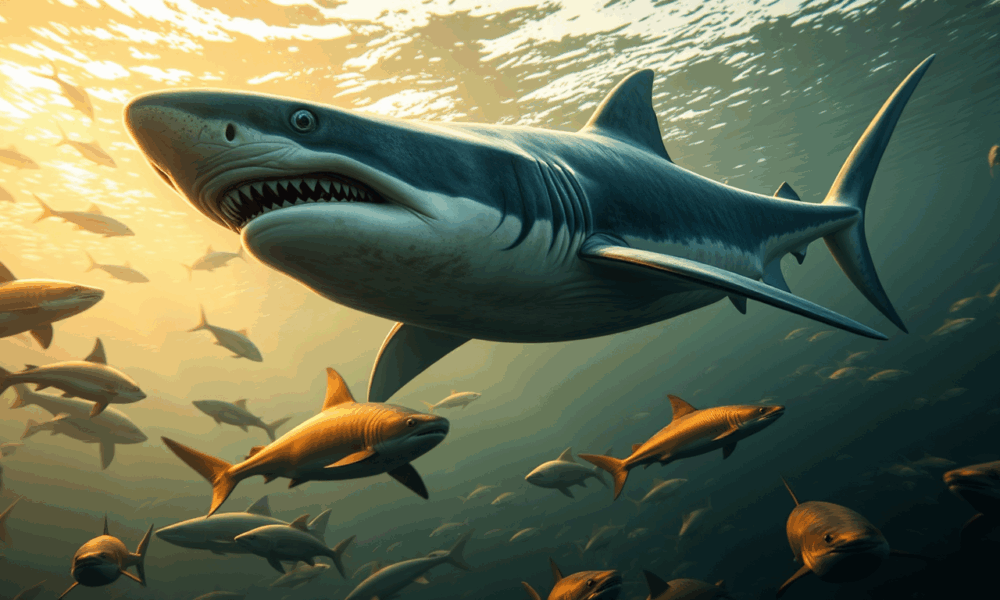
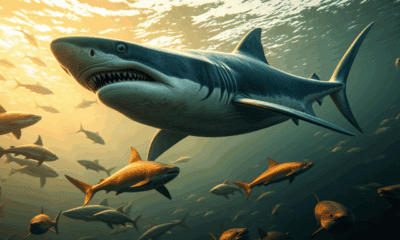

Contrary to widespread assumptions, the largest shark that ever lived -- Otodus megalodon -- fed on marine creatures at various levels of the food pyramid and...
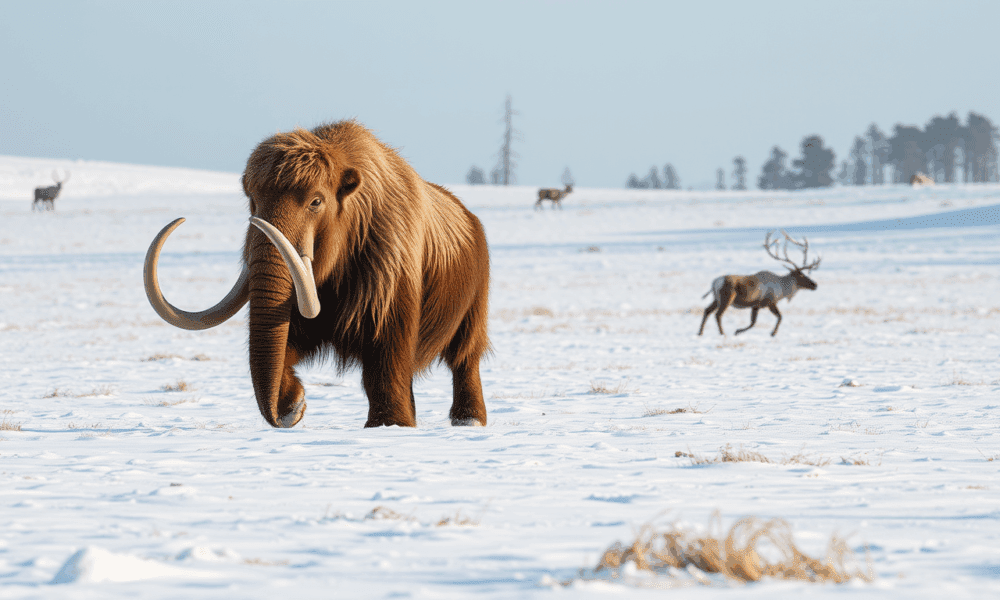
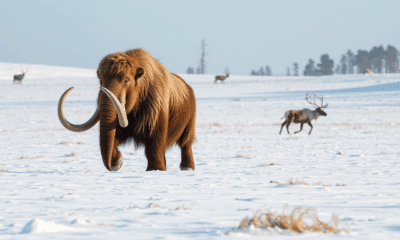

Cold-adapted animals started to evolve 2.6 million years ago when the permanent ice at the poles became more prevalent. There followed a time when the continental...

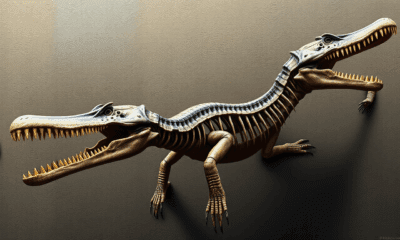

A group of fossils of elasmosaurs -- some of the most famous in North America -- have just been formally identified as belonging to a 'very...
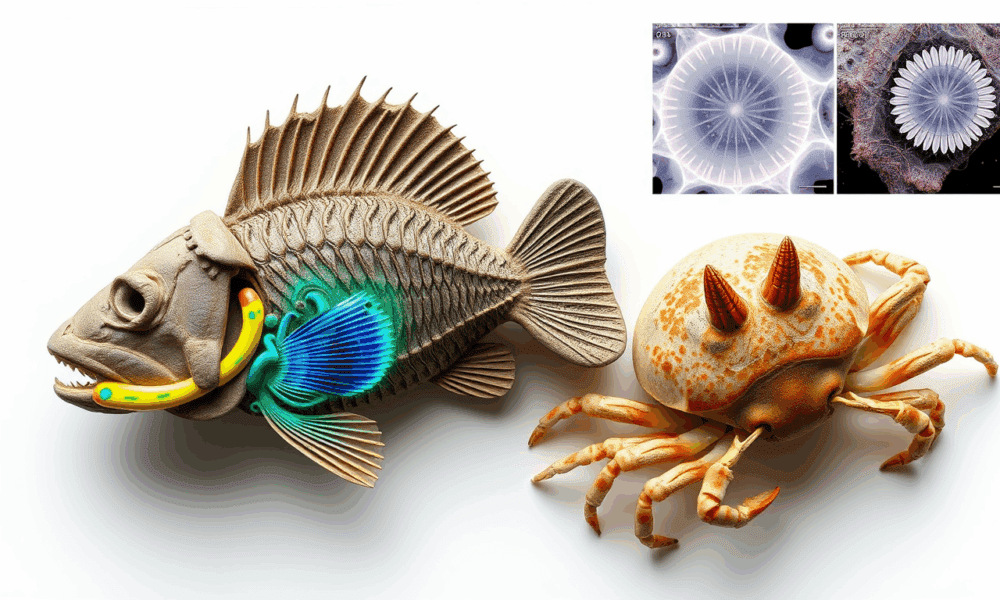
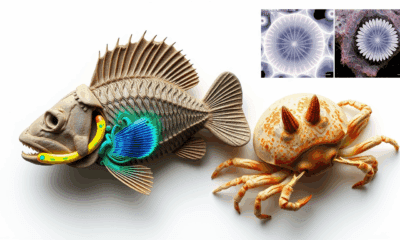

New research shows that dentine, the inner layer of teeth that transmits sensory information to nerves inside the pulp, first evolved as sensory tissue in the...